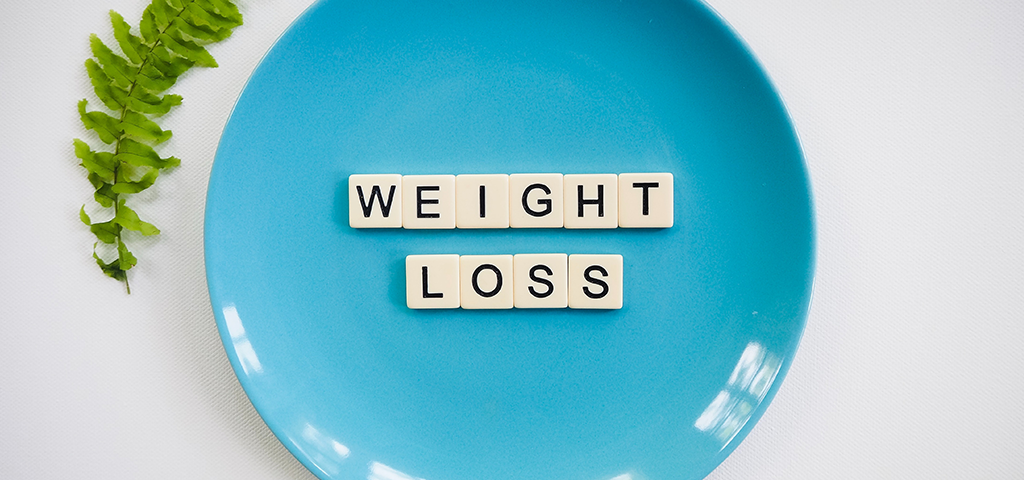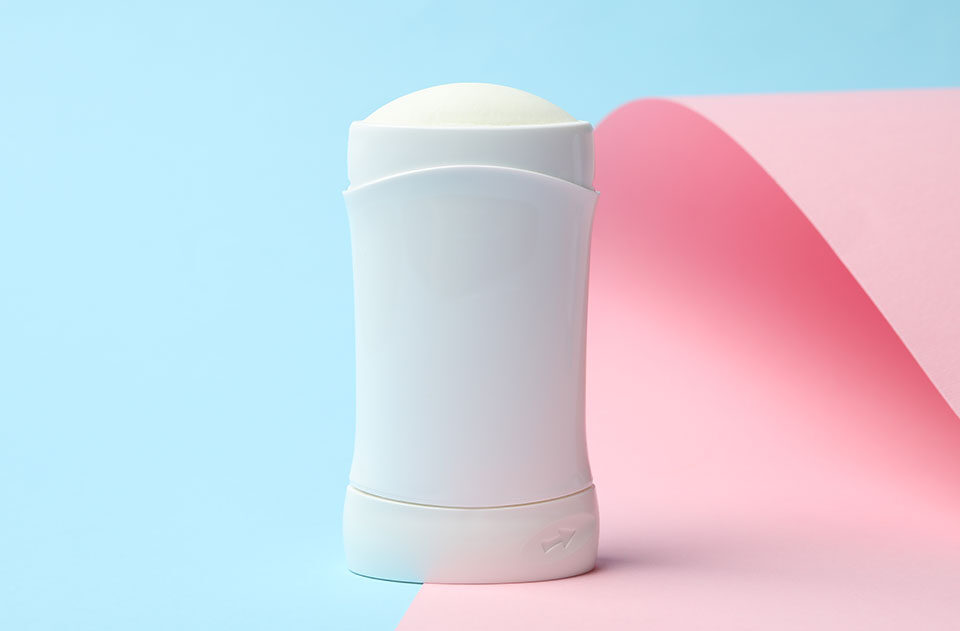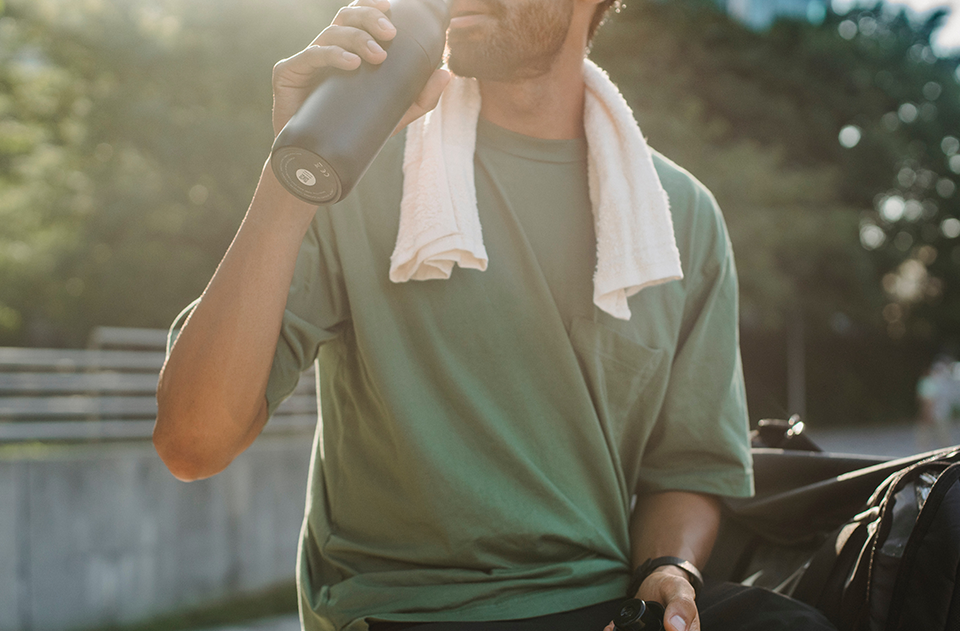How Can I Lose Weight in 2020?

A lot of us expected 2020 to be THE year. The year to achieve weight loss, conquer goals, live your best life, etc. Unfortunately, life doesn’t always go our way and right now is a good example of that. Apart from trying to steer clear from COVID-19, a big concern for many people has been how to prevent weight gain during quarantine. Being at home for such a long period, in conjunction with restrictions on many of our physical activities, has made the extra pounds creep up. Let’s talk about how to manage or prevent this.
What Is the Most Realistic Way to Lose Weight?
The body accumulates fat when you consume more calories than you burn. Therefore, the simplest and best way to lose weight is by eating less and burning more calories.
The Scientific Approach
We’ve all heard of macros and the importance of tracking them if you seriously want to lose the extra pounds. If you are the type of person who has the patience and mindset to track everything that you eat, I would recommend the following method.
First, you need to figure out how many calories your body requires. This is done by calculating you Total Daily Energy Expenditure, or TDEE for short. You can find out your TDEE here.
Now that you know how much energy your body needs to maintain your current weight, you should reduce 20% or about 500 calories, to be in a deficit- thus forcing your body to seek energy elsewhere, i.e. your fat stores. Such a deficit usually leads to losing about 1 pound per week.
The Keto/Intermittent Fast Approach
One of the easiest ways to cut calories from your day is through fasting. I’m a huge fan of the intermittent fast. By only eating during a specific window of time, you can easily intake less. It can be as easy as skipping breakfast or dinner. Besides weight loss, there are so many other benefits to this type of eating. You can read more about IF here.
It is wise to be aware of the types of food that you are eating. You want to fuel your body with quality, nutrient-dense foods. Especially now, since your immune system is your #1 weapon against Covid-19.
Now is the time to cut the sugar. Sugar is quite detrimental to our body. Basically, when you eat sugar, your insulin levels spike, causing more than a sugar crash. Over time, your body can develop inflammation and insulin resistance. This leads to weight gain and disease. Sugar comes in many forms, not just from candy and cakes. Lactose, found in milk, contains high amount of glucose. Many fruits, such a pineapple and bananas, are high on the glycemic index, which measures the blood glucose-raising potential of carbohydrates, or sugars in food. By focusing on eating foods with a low-glycemic index, you are helping your body regulate insulin levels.
Humans are historically hunter-gatherers. Genetically, we function best when we eat the foods that our ancestors ate. Think of the stone age, when our paleolithic descendants were eating a diet high in protein and fiber; modern agriculture and ultra-processed food did not exist. Obesity and modern-day disease, such as diabetes, did not exist. This Keto/Paleo type diet is what I personally follow, and urge my patients to adhere to. Eating low-carb, high-fiber and protein-based foods keep you full longer, acting as natural appetite suppressants.
v
How Much Weight Can You Actually Lose in a Month?
Sustainable weight loss doesn’t happen overnight. A good healthy goal is to lose 1 to 2 pounds per week. That means aiming to lose 4 to 8 pounds per month is a healthy, maintainable goal.
How Much Protein, Carbs and Fat Should I Consume Daily?
The Recommended Dietary Allowance (RDA) for protein is 0.8 grams of protein per kilogram of body weight. This equivocates to roughly 0.4 grams per pound. This is the amount of a nutrient required to meet your basic nutritional needs. Think of it as the minimum amount needed to survive. I personally recommend eating 1 gram of protein per your desired weight daily. If you are a 150 lb woman, aim for 150 gms of protein. Proteins are made up of amino acids that our body needs to supply for maintenance and growth of our cells and tissues. This is very important if you are over the age of 40, a body builder, or a cross fit athlete.
Your carbohydrate intake varies depending on your diet choices. If you are following a ketogenic, low-carb diet, it is recommended that you consume less than 20 grams daily. Moderate low carb diets include 20-50 grams of carbs a day.
The amount of fat you should eat on a keto/low-carb diet depends on your protein and carb intake, your current weight, and your weight goals. As a rule of thumb, your fat intake should be half your daily protein grams. Figure out your protein and carb needs first, and then fill in your remaining energy needs with fat.
Generally, keto diets are higher in fat than low-carb diets. A keto diet normally provides about 70-80% of calories as fat, compared to about 50-65% for a more liberal low-carb diet.
My recommendation is that your diet consists of 20-25% protein, 70% fat, and 5-10% carbohydrate. This will keep you in ketosis and in fat-burning mode. If you stall on keto, then it’s time to raise your protein and lower your fat intake to half the grams of the protein. If fat burning is what you want, you have to direct the body to use your own fat by adapting to keto/low carb eating. I recommend you check out my friend, Dr. Ted Naimen’s, ebook.
What You Should Eat
Now that you know that weight loss depends on caloric intake, as well as what you eat, let’s talk about meals.
Ideally, you want a diet full of nutritious foods that are low GI and keep you satiated for a longer period. By feeling full longer, you’ll eat less. Remember not to combine low-carb, low protein with low-fat meals. They will cease to keep you full for long and you will abandon or sabotage your progress.
Organic, non-GMO is best because it is healthier and worth paying extra for.
- Meat and Fish – Turkey, grass-fed beef, nitrate-free ham, pork, chicken, wild game, wild-caught salmon, seabass, tuna – even non-nitrate bacon! Remember to opt for organic, grass-fed and free-range meat.
- Cheese and Dairy – If your macros allow, goat cheese, feta, cheddar, freshly grated parmesan and mozzarella are all good options. Fermented dairy like cottage cheese, Greek yogurt can be high in protein, low in carbs if you chose wisely, read labels
- Nuts and Seeds – Almonds, walnuts, pumpkin seeds, and chia seeds are great for incorporating into recipes. Snacking all day on nuts is a no no. They have carbs also.
- Eggs – Eggs are low carb and a great source of protein.
- Butter and Healthy Oils – Healthy fats like those in butter, avocado oil, and coconut oil are good for cooking with. Olive oils are great when used cold, because olives and MCT oil are also good fats.
- Avocados – Most fruits are high in sugar, but avocados and avocado oil are not. They also contain healthy fat.
- Vegetables – While some vegetables are high in carbs, onions, peppers, and most green veggies like broccoli and kale will do just fine. Vegetables grown above ground are lower in carbs. Don’t forget to add natural flavor to your cooking with herbs like parsley and cilantro, garlic and even fresh ginger.
What You Should Avoid
- Sugar – You probably aren’t surprised to see sugar at the top of this list. Candy, cake, ice cream, soda, etc. should be eliminated as much as possible. Don’t think you can beat the system with sugar-free or diet products, either – highly processed foods are often high in carbs as well. Carbohydrates turn to sugar in the body, so be sure to read the labels.
- Alcohol – Another no-brainer. Many alcoholic beverages are high in carbohydrates. Some spirits have no carbs but metabolically burden the body.
- Grains and Starches – White bread, oatmeal, pasta, rice, potatoes, etc.
- Most Fruit and all Fruit Juice – Fruit has a high sugar content. Avoid fruit juice and smoothies as well, as both often have even more sugar than the fruit itself, including high fructose corn syrup. A small amount of berries can be an occasional treat.
- Beans and Legumes – All beans are high in carbs. Peas, lentils, chickpeas, black beans, etc. should be avoided.
- Unhealthy Fats – You need to discriminate between healthy and unhealthy fats, and avoid processed vegetable oils (and foods cooked in them) if you want to get results. Vegetable oil, canola oil, peanut oil, and soybean oils can all cause inflammation in your body.
Diet Plan for weight loss
Here are some healthy, low-carb, sample meal plans to help you lose weight:
Breakfast
- Eggs with a sprinkling cheese or 1-2 slices of nitrate-free bacon
A veggie scramble or omlette - Ham or turkey with cauliflower hash browns
- Pancakes made with almond or coconut flour, garnished with a handful of berries
- A smoothie made with spinach, almond butter, blueberries, unsweetened almond milk and stevia. Or avocado, unsweetened coconut milk, a few strawberries and stevia
- Smoked salmon with avocado on cucumber slices
Lunch or Dinner
- A salad dressed with extra virgin olive oil and balsamic vinegar and topped with meat.
- Chicken or beef lettuce wraps
- Homemade vegetable soup
- Grilled steak with cauliflower and garlic mash.
- Miso soup and sashimi
- Tacos made with almond flour or low carb tortillas
- Cauliflower rice bowl with pulled pork and avocado
- Stuffed peppers with ground beef or turkey and cheese
- Chicken pesto with green beans
- Thai Tom Yum Soup
- Cauliflower crust pizza with veggies and no-nitrate peperoni or ham
- Vegetable stir-fry with shrimp
- Grilled meat with a non-starchy vegetable side
- Zucchini noodle pasta with grilled chicken, garnished with fresh parmesan cheese
- Chicken Tikka or Kabobs with fresh vegetables and plain yogurt
How to Maximize Your Results
- Exercise! Physical activity is the best way to jump start your weight loss while eating healthier. This is a no-brainer. Whether it’s going for a daily walk or trying to challenge yourself with 50 push-ups, sit-ups and jumping jacks a day, moving with help shed those pounds. You can even try 25 squats every time you go to the bathroom. YouTube and Instagram offer a lot of home workouts you can easily follow.
- Buy a kitchen scale to accurately track your calories
- Don’t weigh yourself daily. It can be discouraging. Instead judge your weight loss by how your clothes fits. In time, you WILL fit into your jeans again.
- Try eating from smaller plates. The optical illusion will make you think you’re eating a larger portion.
- Drink A LOT of water. Fluids will keep you fuller, longer. Try making spa water by infusing lemons, strawberries or mint in a pitcher of ice water. Make unsweetened iced tea by brewing tea bags and chilling.
- Try eating with chopsticks. It may sound odd, but by slowing down when eating, you will be consciously full faster.
- When you wake up, drinking a full glass of water with a splash of organic apple cider vinegar, lemon and a dash of cayenne pepper to jump start your metabolism and help your body with glucose control.
- Get enough sleep. It helps normalize cortisol levels and hormones.
The Bottom Line
You are not alone by having gained some weight over these past few months. You have the power to change that. What you eat is the most important factor, but your thoughts and actions play a role as well. Remember, positive thoughts and self-love are your best friends when trying to be your best self! If you have any questions, don’t hesitate to reach out. Know that I’m always here for you.





